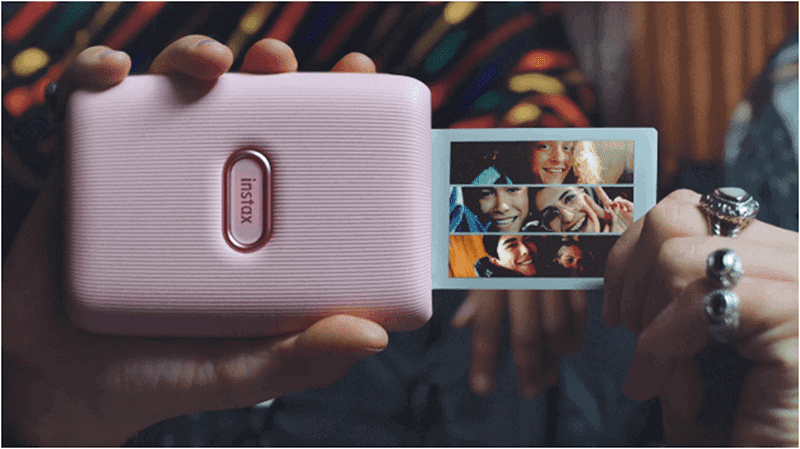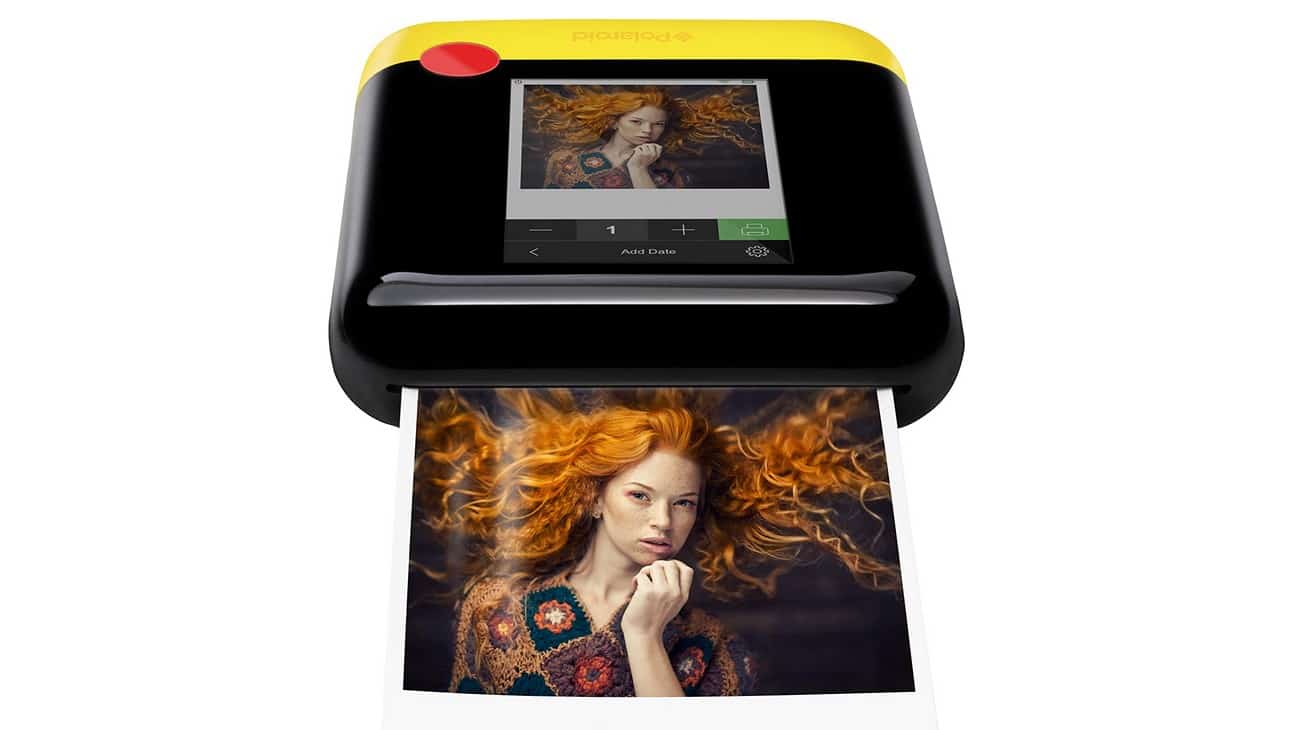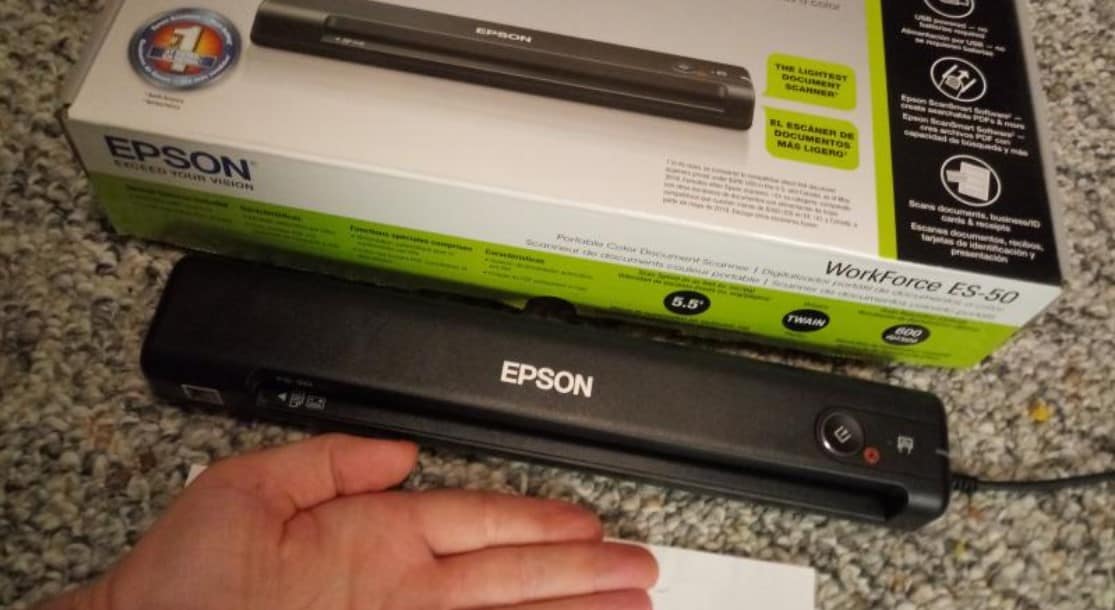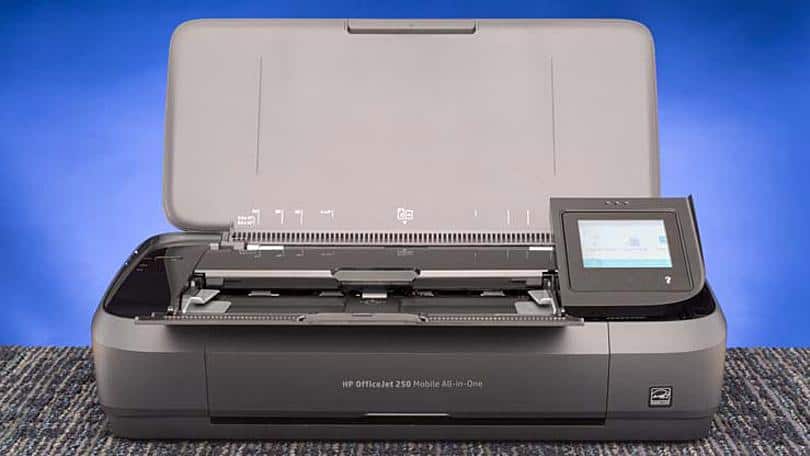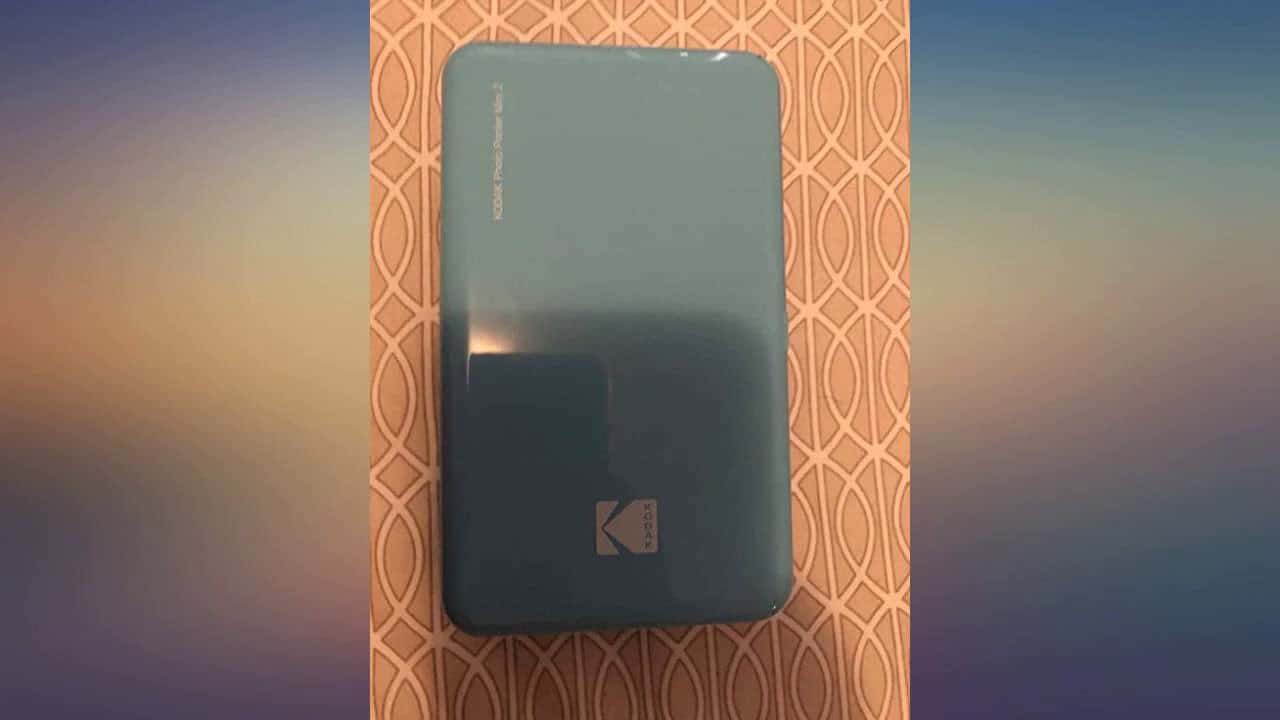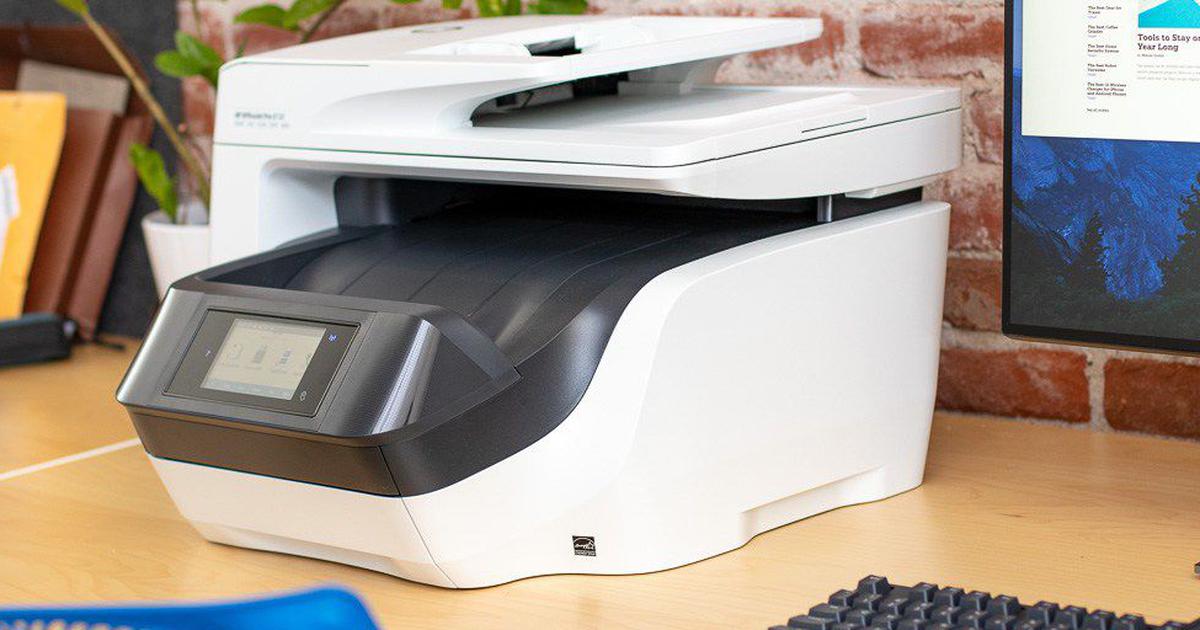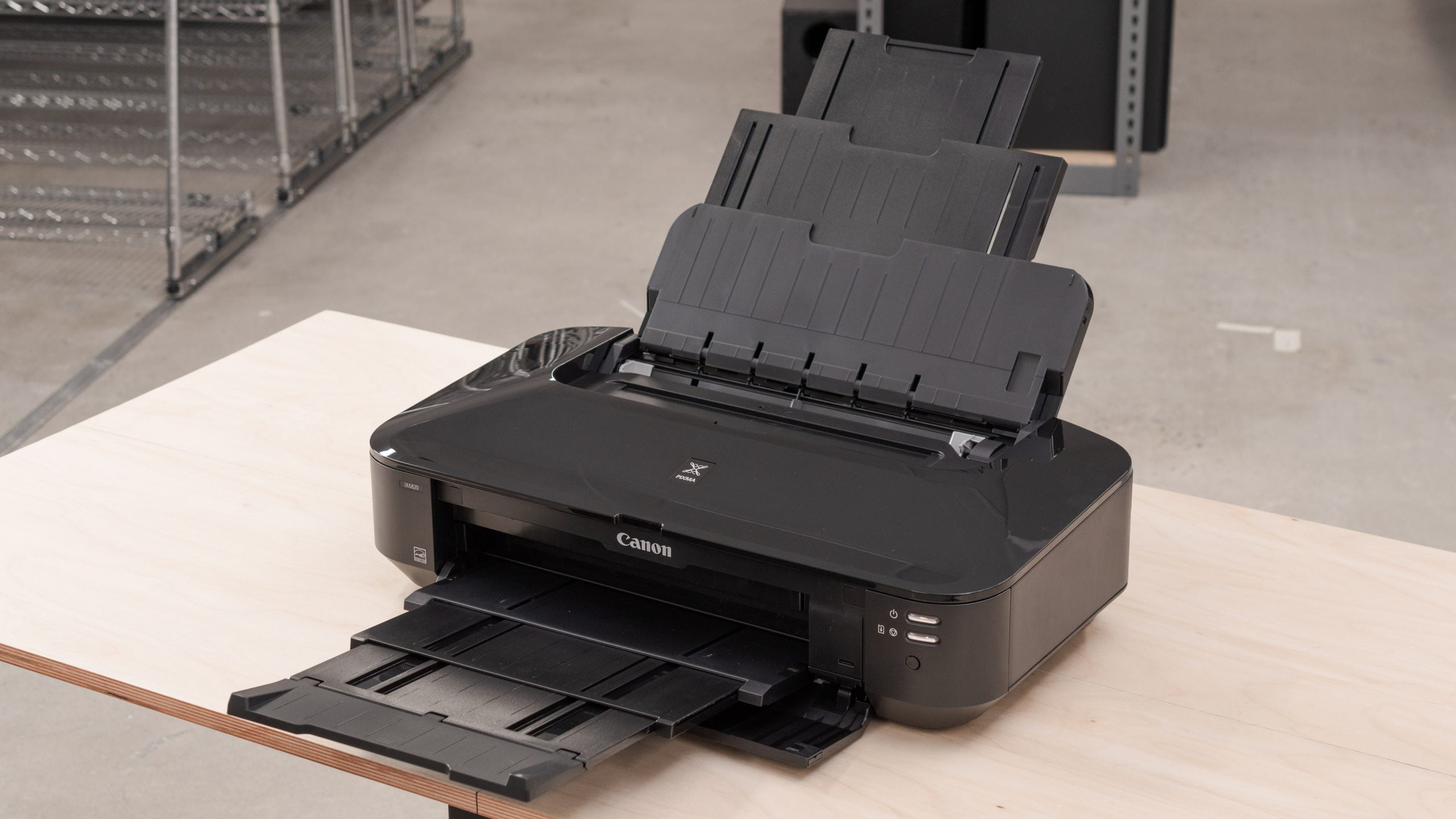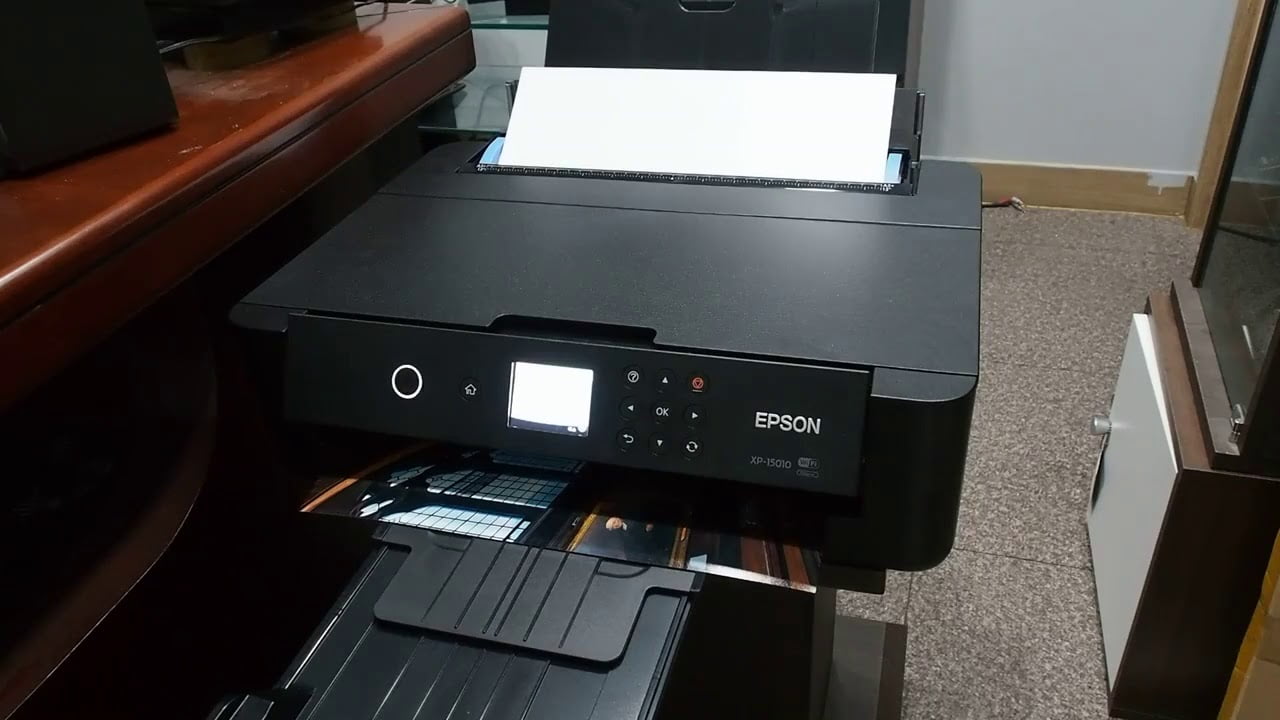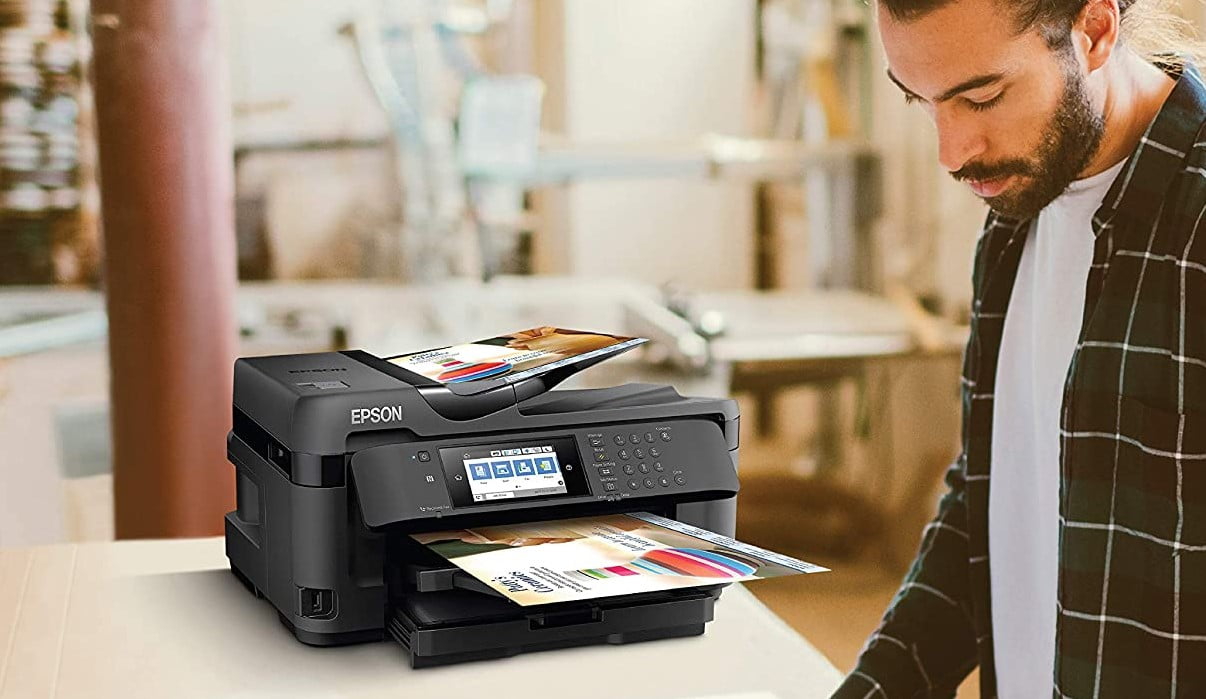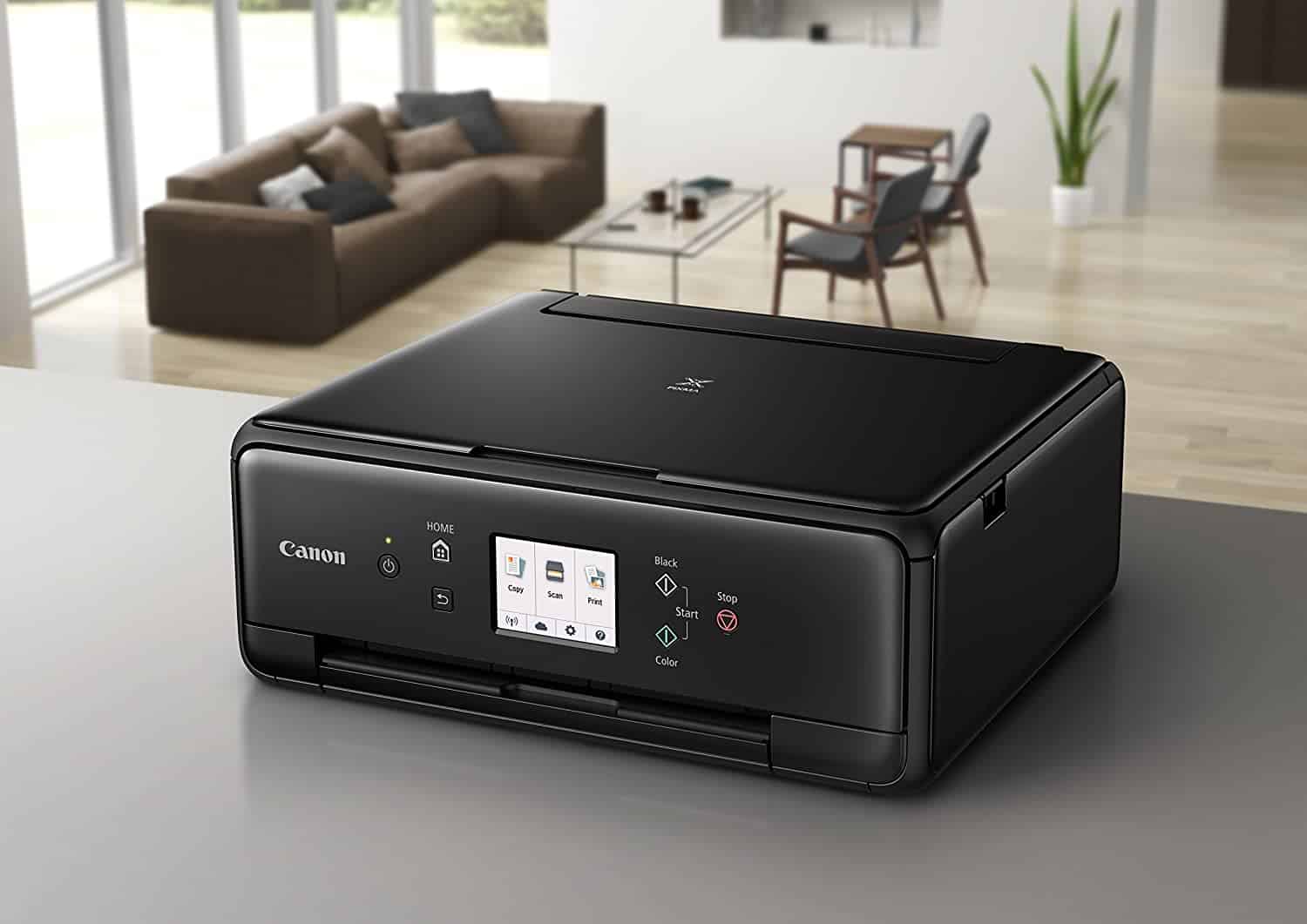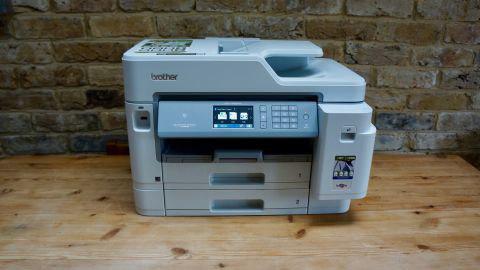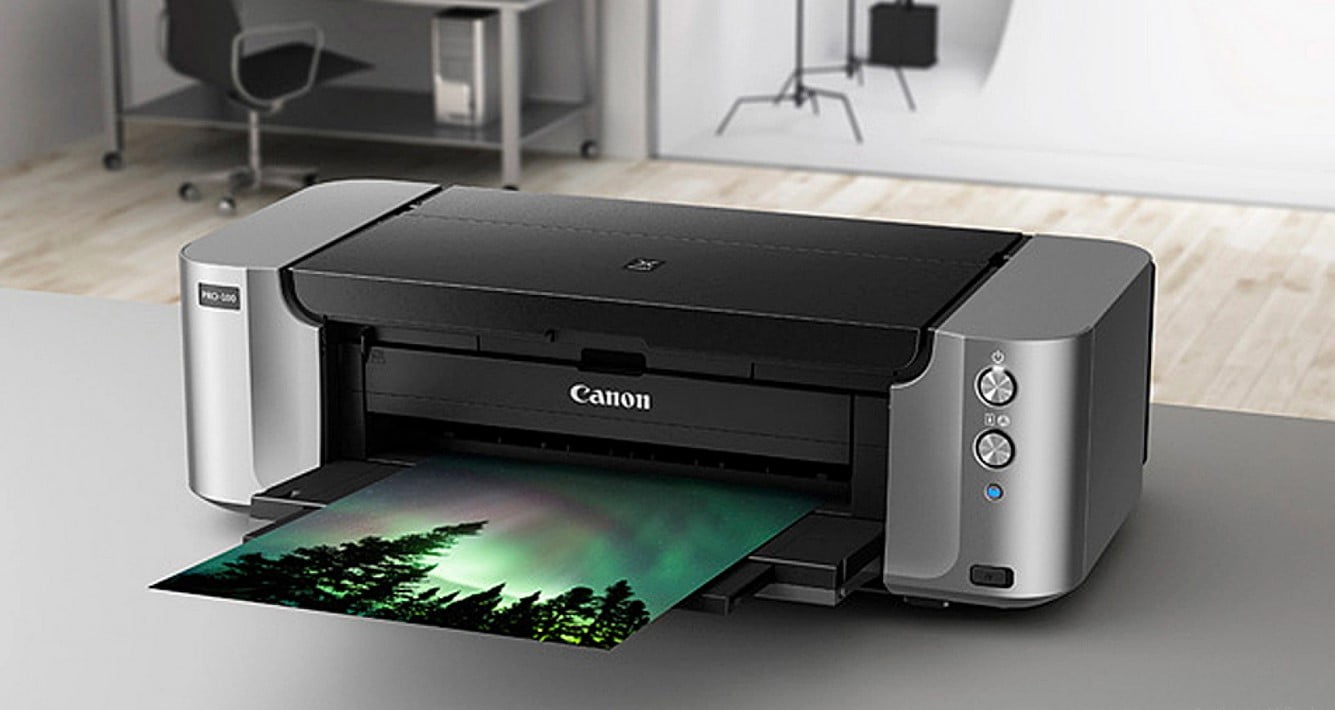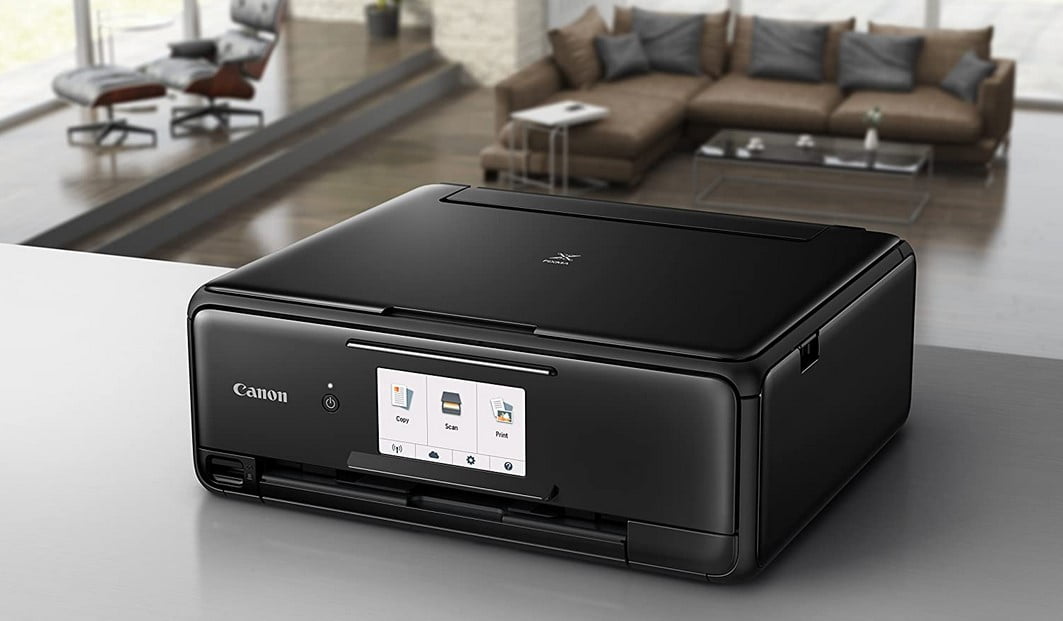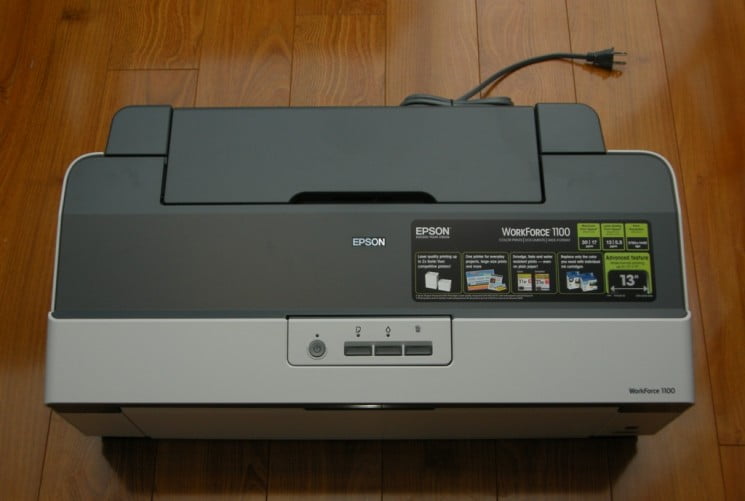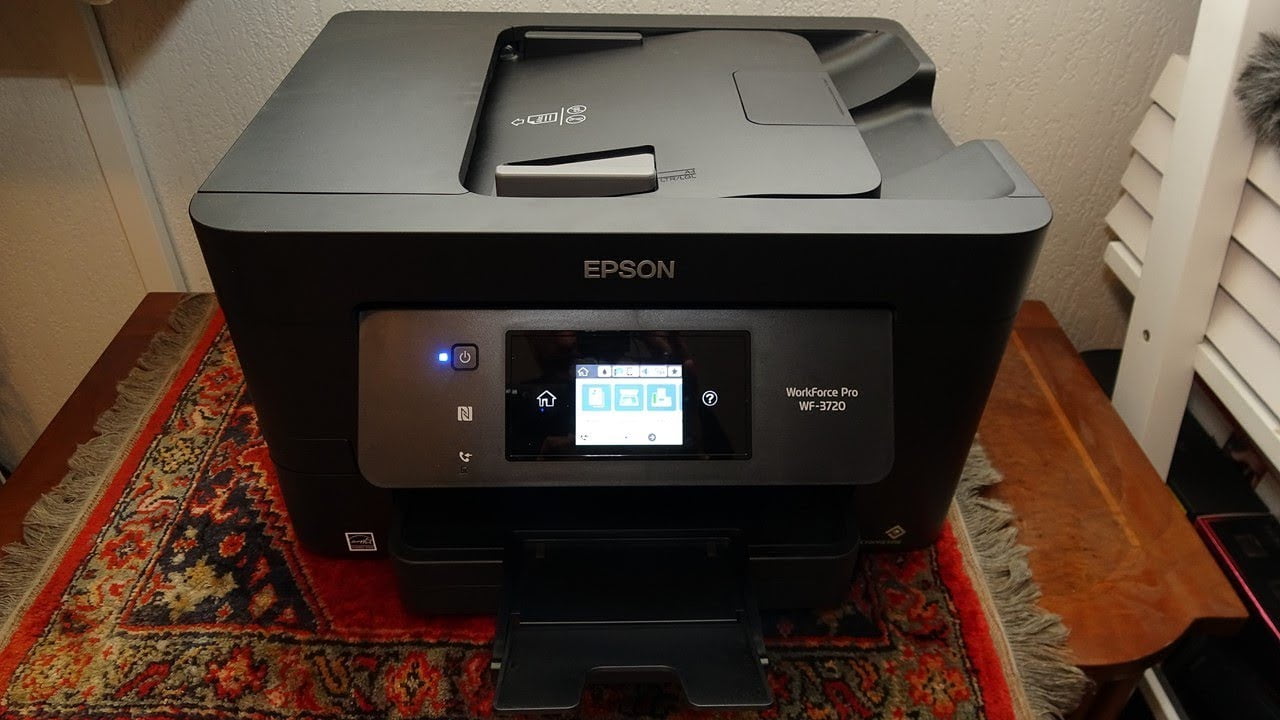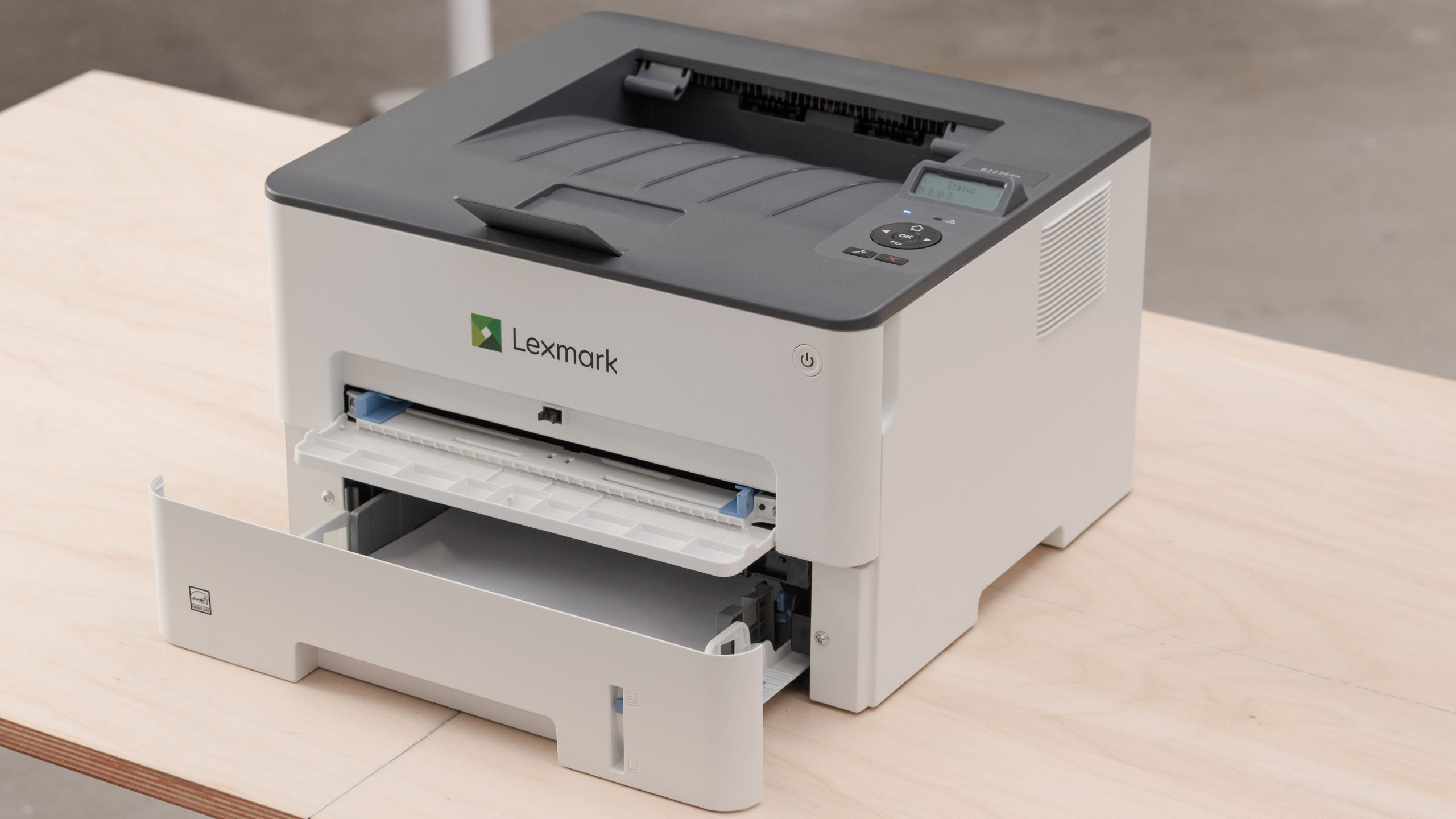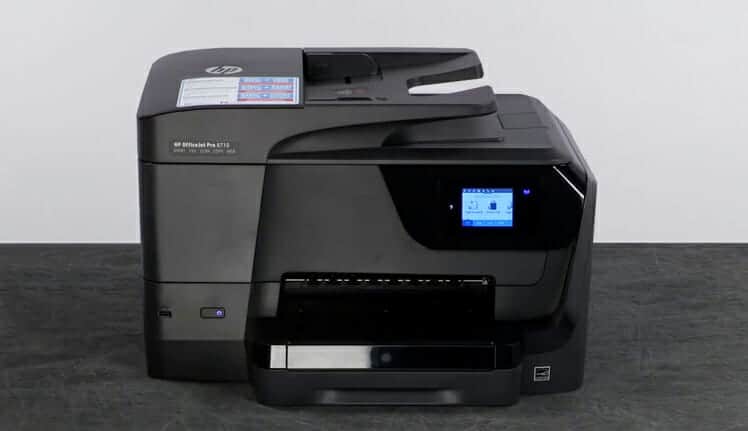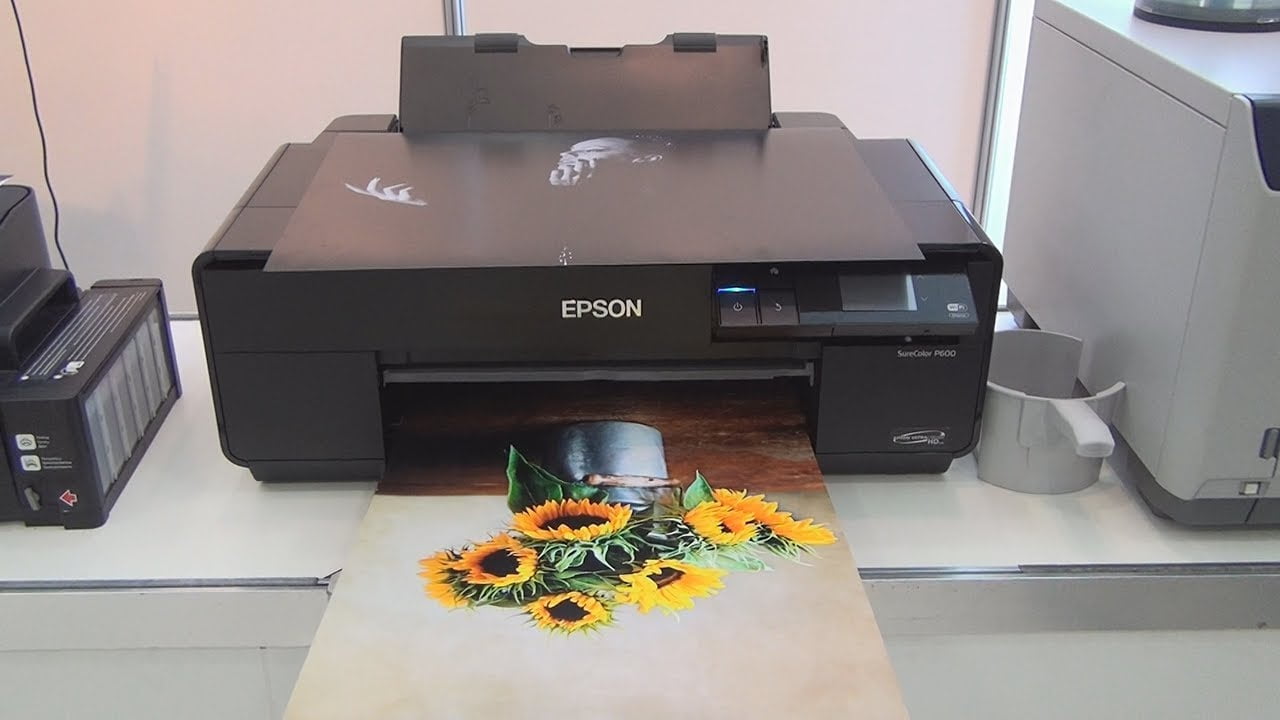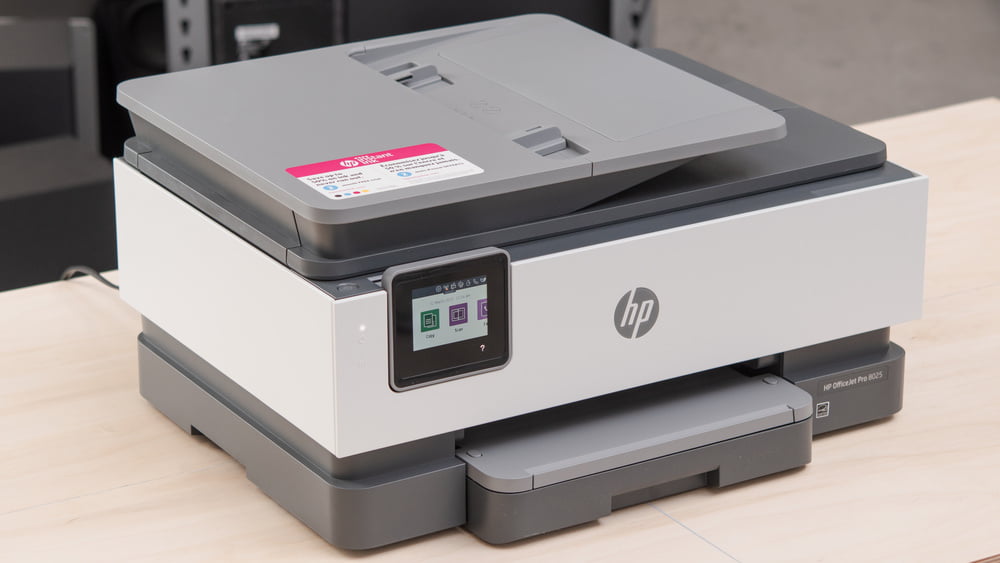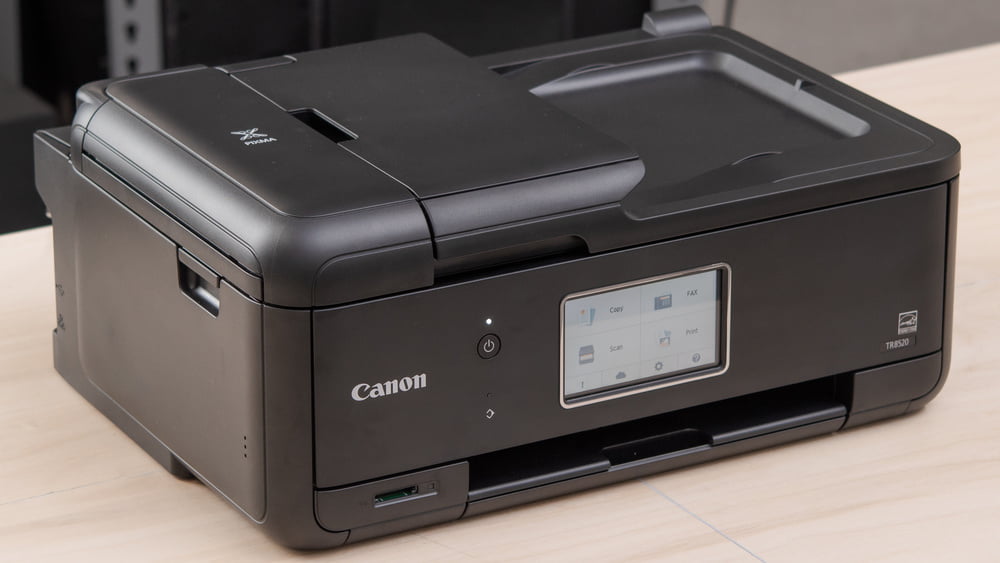One of the key advantages of high tech printers is that they often feature wireless capabilities. This allows consumers to complete digital print jobs in which the printer doesn’t have to physically connect to the computer, smartphone, or related device.
KEY TAKEAWAYS:
- Wireless printers allow for the completion of print jobs without being physically connected to a computer, smartphone, or tablet.
- Before using a wireless printer, you will have to download and install the appropriate driver software.
- Certain wireless printers use a Bluetooth connection, while others use Wi-Fi. The connection protocols will differ in each case.
Connect a Wireless Printer to a PC
Of course, to print wirelessly your printer will have to be digitally connected to your personal computer, smartphone, or tablet.
Wireless Setups Explained
Every wireless setup will be different, but we have assembled some general tips to help you get your wireless printer connected to a computer as quickly and efficiently as possible. As you set up, you must secure your wireless printer to avoid being hacked.
Install Printer Drivers
Wireless printers will necessitate the download and installation of some driver software. This software can typically be downloaded on the manufacturer’s website and the printer’s instruction manual and quick-start guide should provide URL information. As a reminder, this driver software will likely need to be regularly updated, so keep an eye out for updates and software improvements. Additionally, it may take the manufacturer some time to update driver software for new iterations of the Apple operating system and the Windows operating system.
Bluetooth VS Wi-Fi
Wireless printers can work in a number of ways, but they typically use either a Wi-Fi connection or a Bluetooth connection. If your printer uses a Wi-Fi connection, you will have to dive into the printer’s settings to manually connect it to your Internet router. Once that is done, you will be able to complete print jobs wirelessly.
If your printer relies on a Bluetooth connection, however, then the connection process will differ. Start by pairing the printer with your device, which is typically done by holding down a Bluetooth button on the printer. Head to your Bluetooth settings on your computer, phone, or tablet and look for available devices. The printer should show up in the list. Once you push connect, your wireless printer should be able to accept print jobs straight from the connected device. This process will differ slightly depending on the make and model of your wireless printer.
Dropped Connections
If your printer has dropped a connection, you may need to restart the printer, restart your computer, restart your cable modem, or restart your Internet router. For simplicity’s sake, we recommend restarting all of your devices, as this will typically fix the problem. Another printer worth checking out is the impressive laser printer that does not use ink but uses toner cartridge.
Insider Tip
If your printer has dropped a connection, you may need to restart the printer, restart your computer, restart your cable modem, or restart your Internet router.
F.A.Q.
I do not have a laptop or a desktop. Can I set up a wireless printer using a router for use on an iPad and iPhone?
Yes, so long as you can connect to the router using the printer itself. Most modern wireless printers do allow users to access a nearby router straight from the printer’s settings.
Does a wireless printer have to have a router to link to my laptop?
In most cases, though some wireless printers do use Bluetooth to connect to devices. Other options include wireless range extenders, hubs, and more.
Can I print from my phone via a wireless connection?
Yes. Most wireless printers will allow print jobs to be initiated from a smartphone or tablet.
STAT: In 2019, there were 94.35 million units of hardcopy peripherals, including printers, copiers, and multifunctional systems, shipped worldwide. While printers are now mostly used in computing and information technology, recent years have seen the development of 3D printing for industrial purposes. (source)

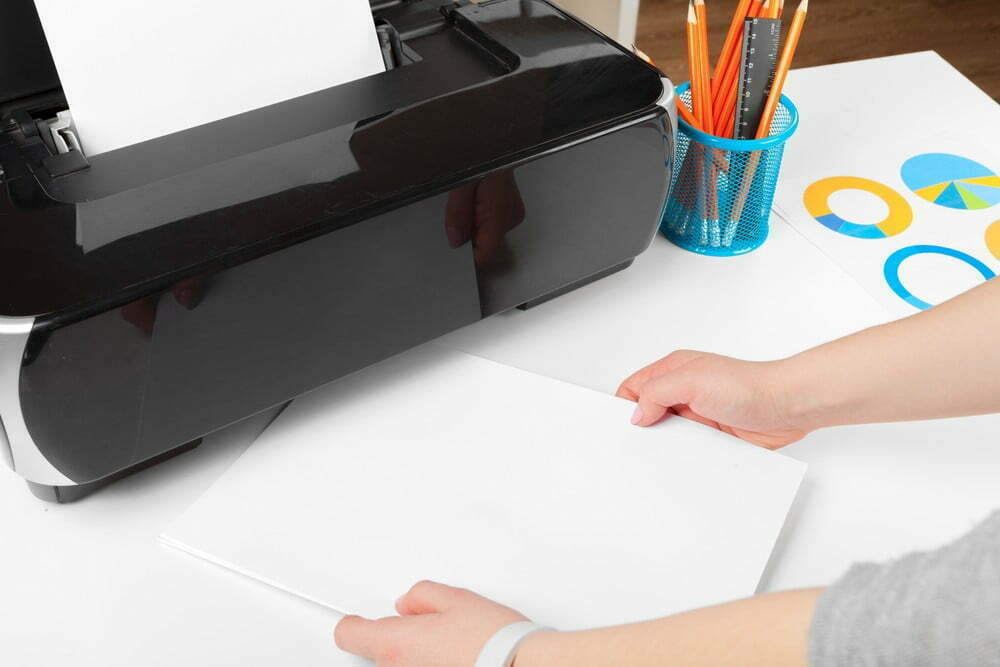













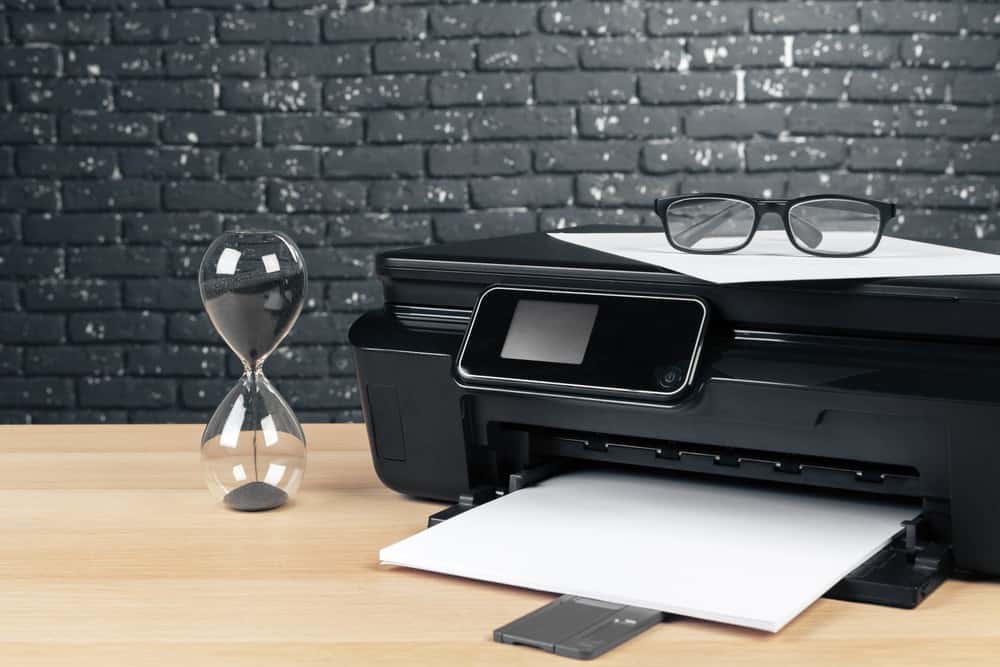
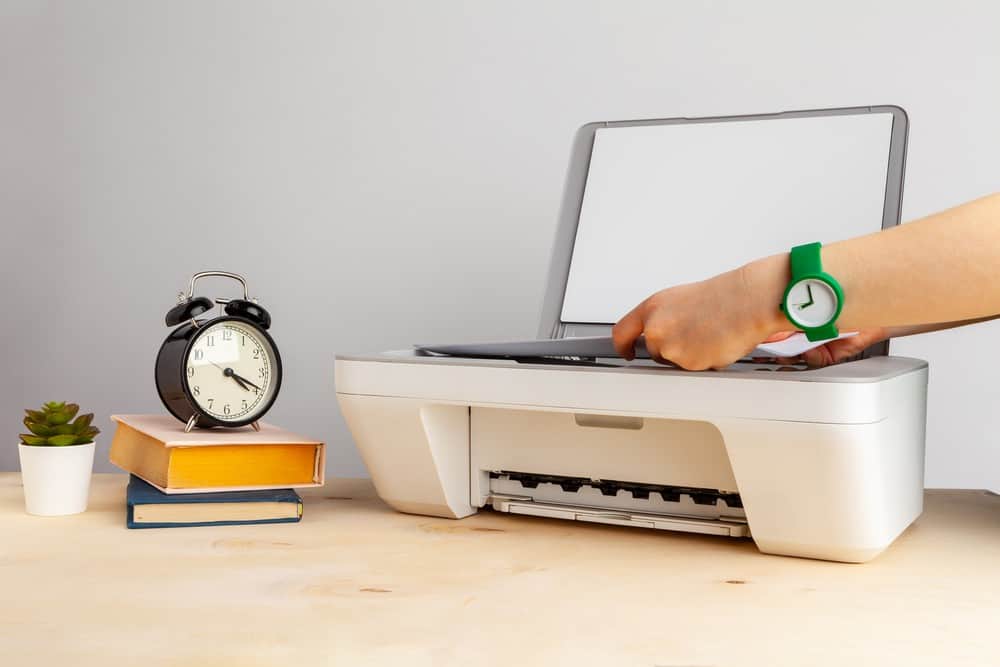
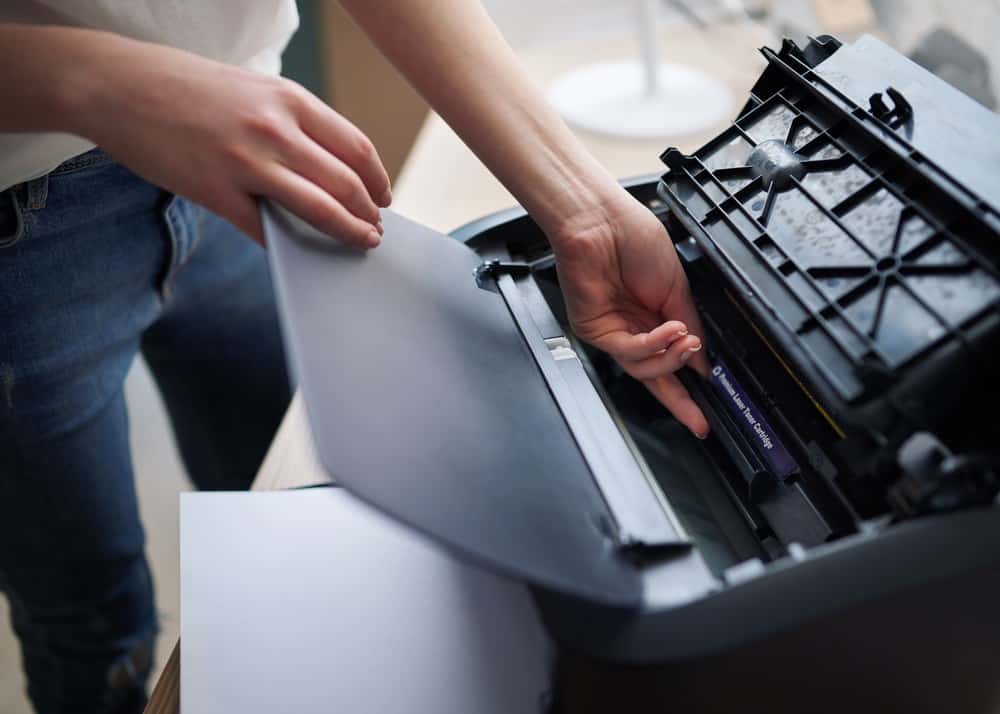
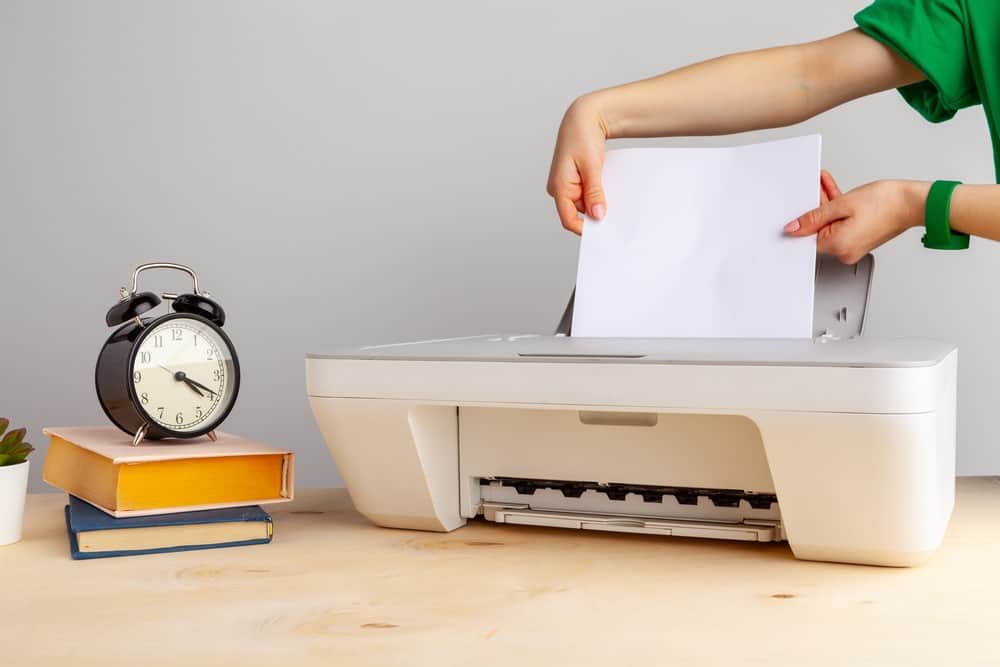
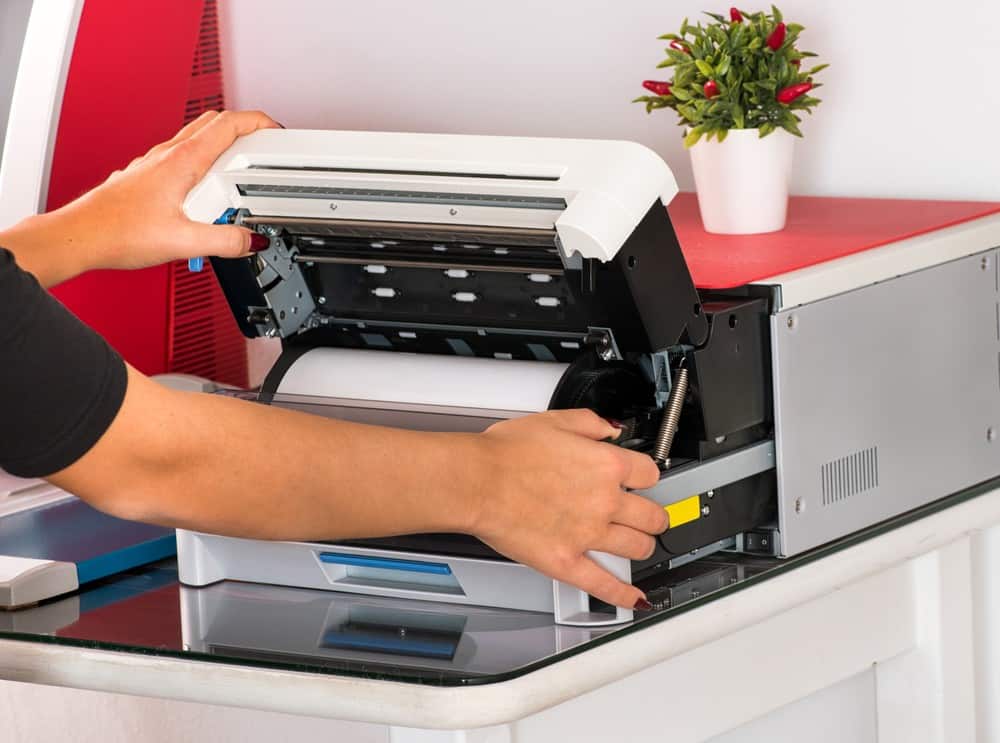
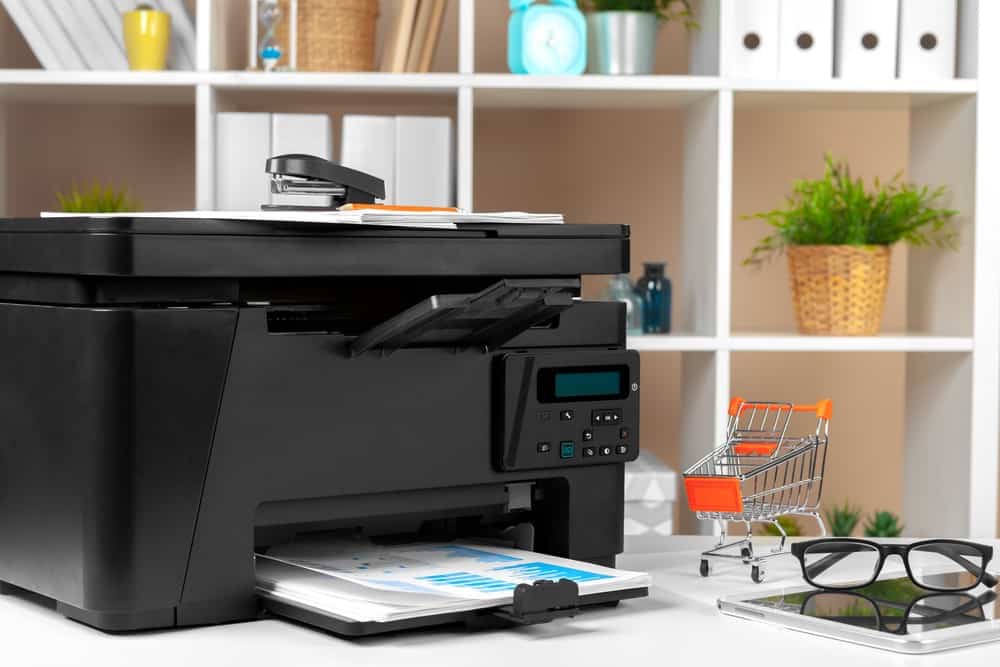
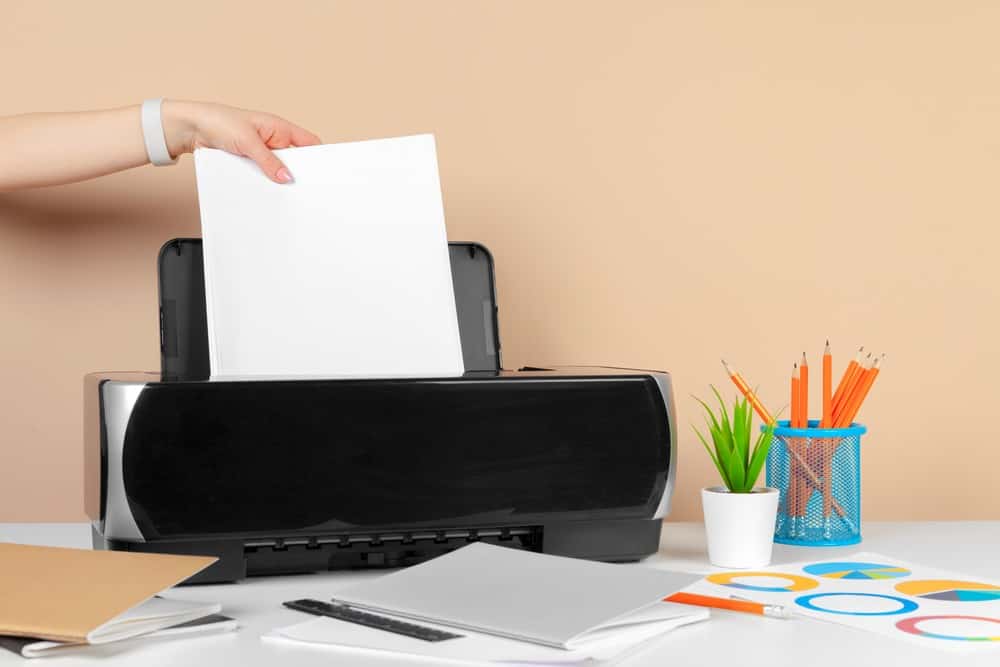
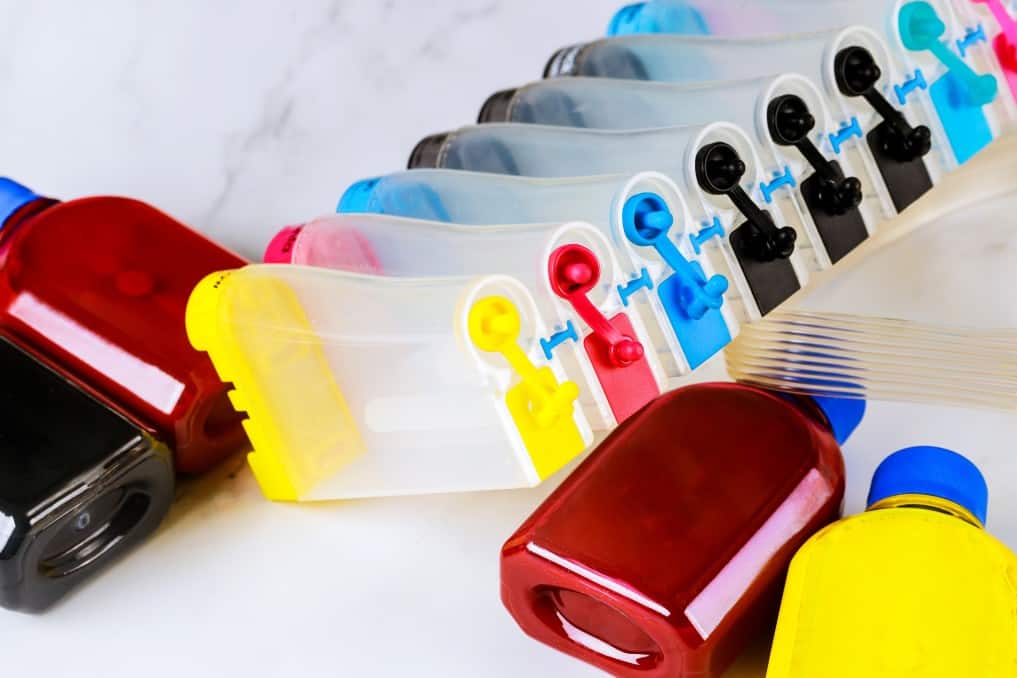
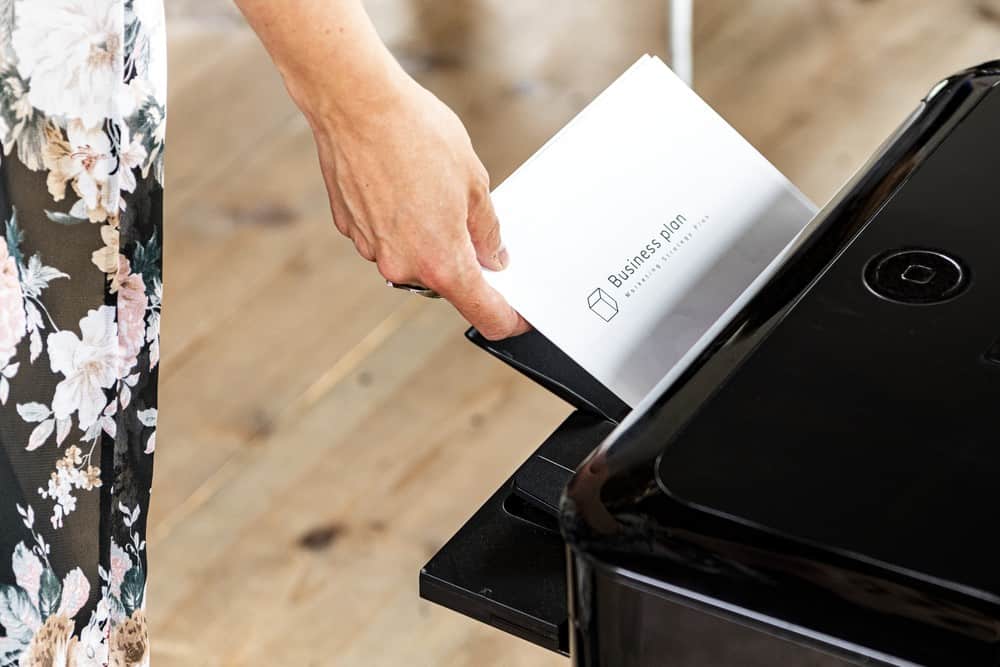
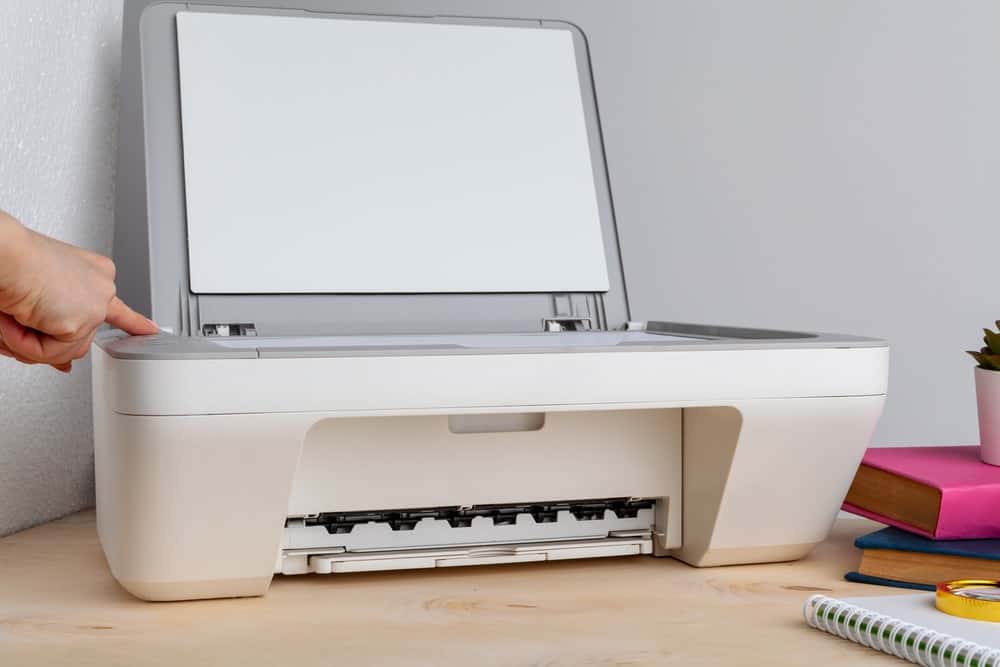
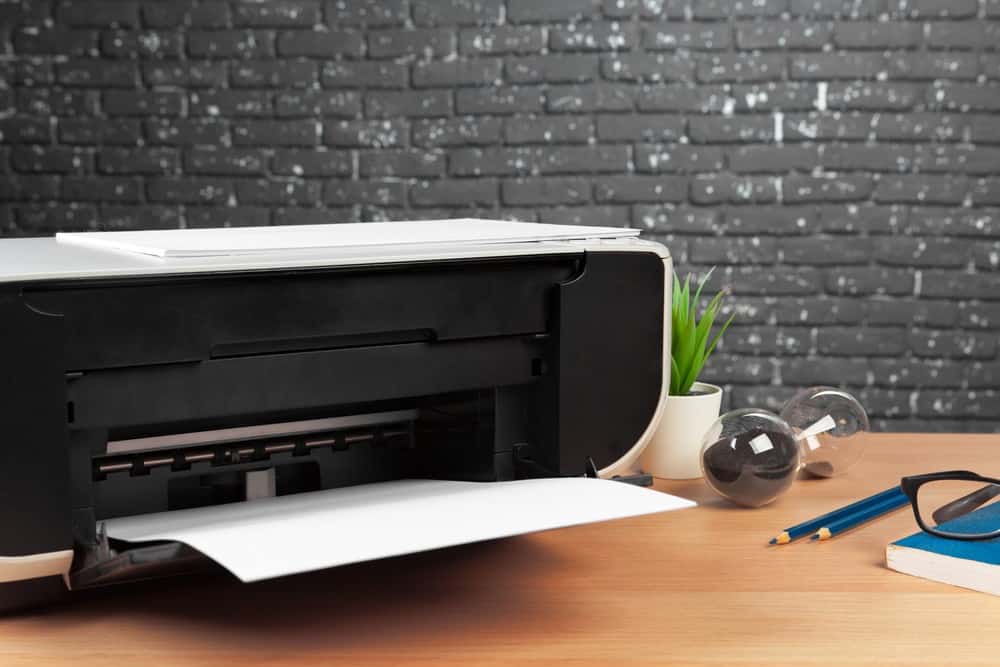
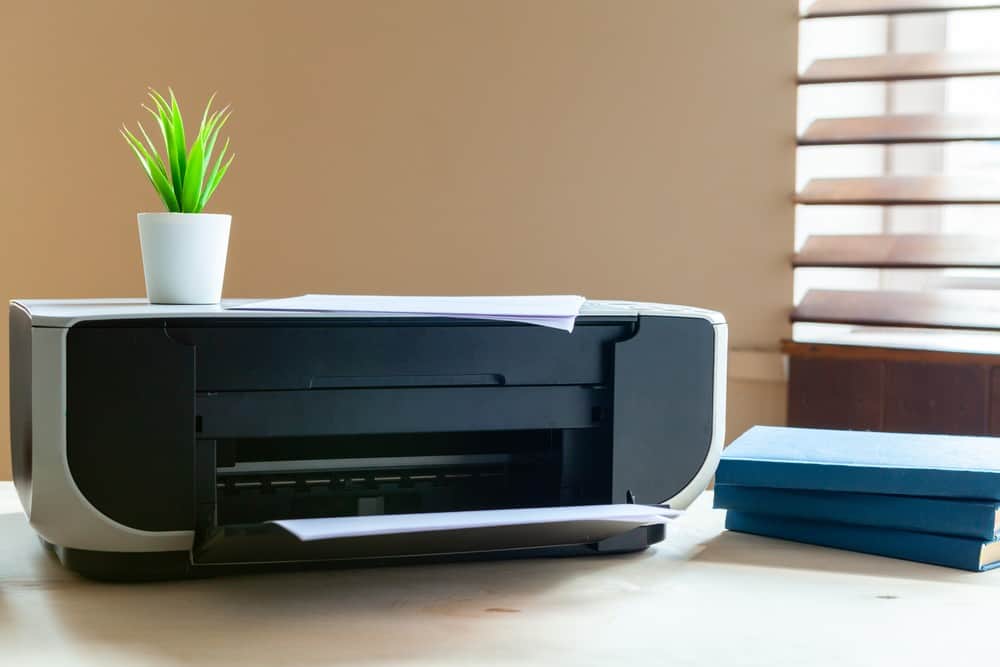
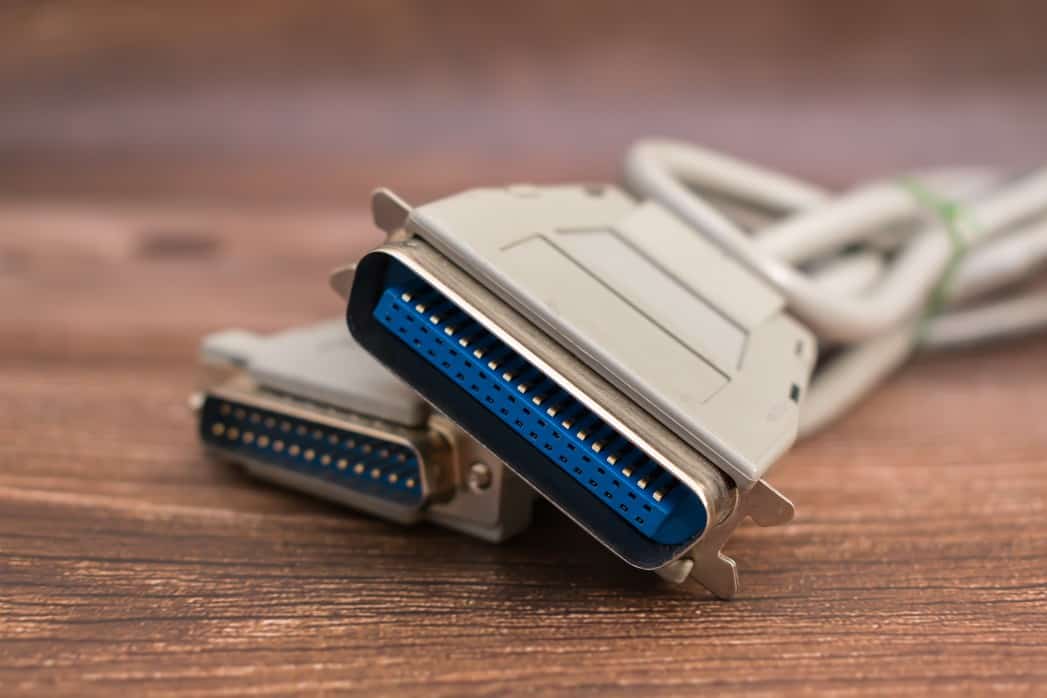
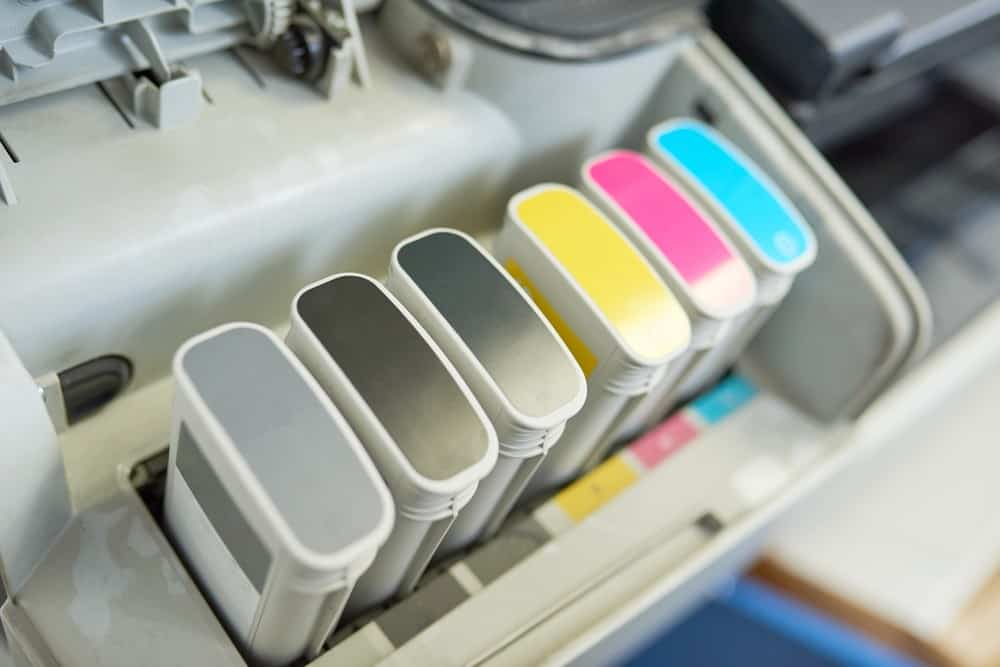

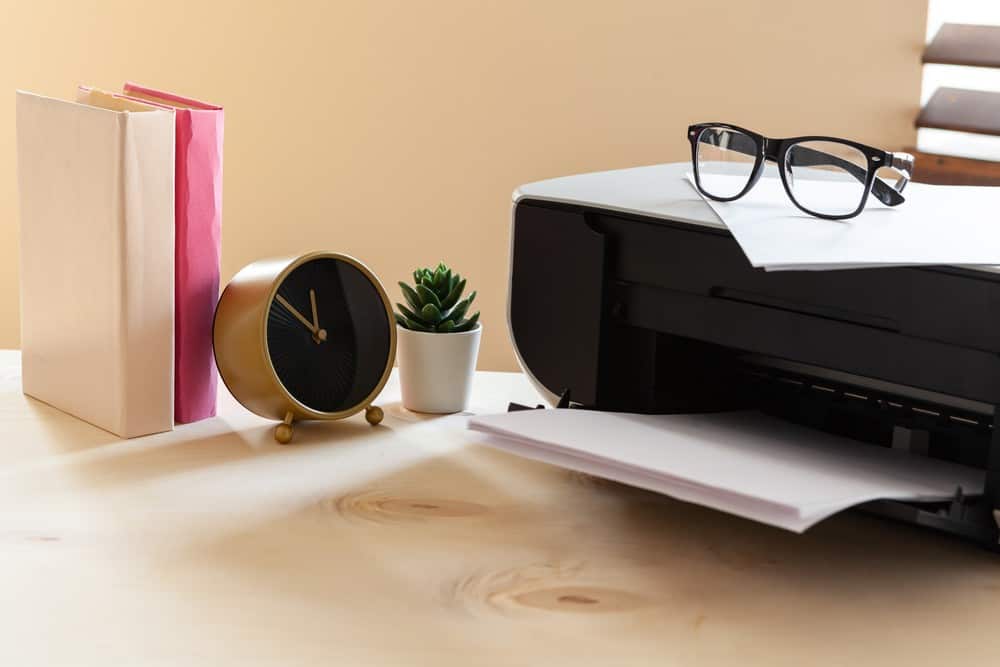
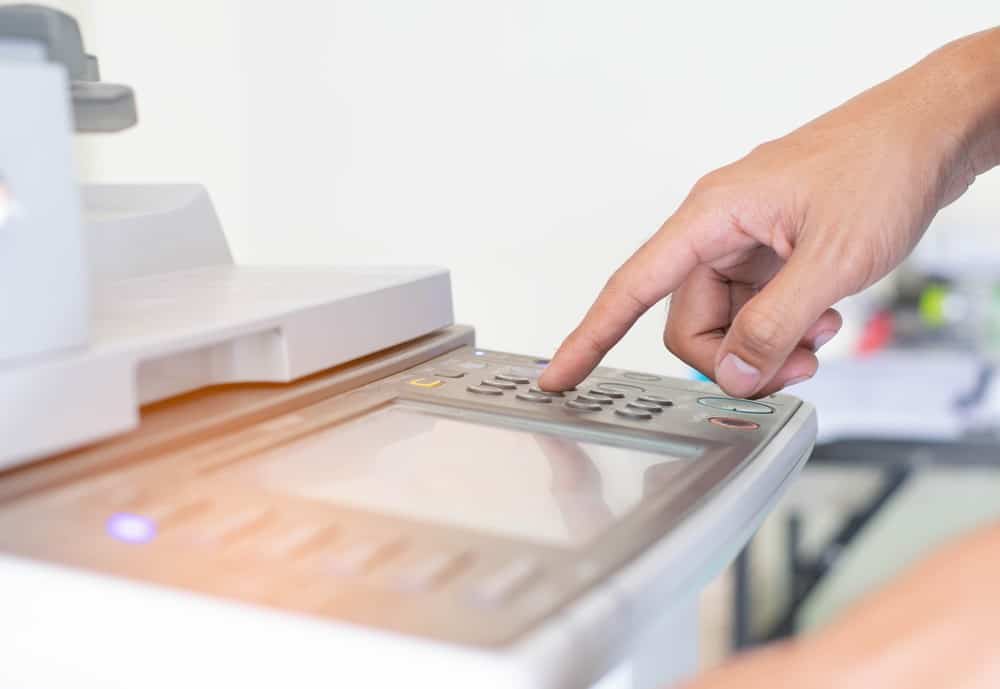
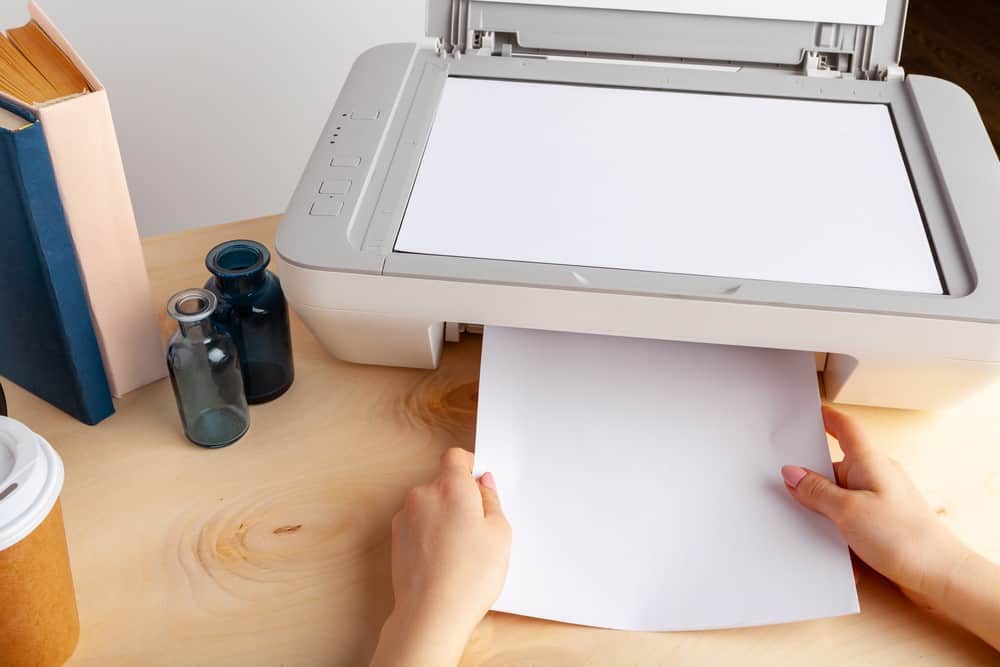
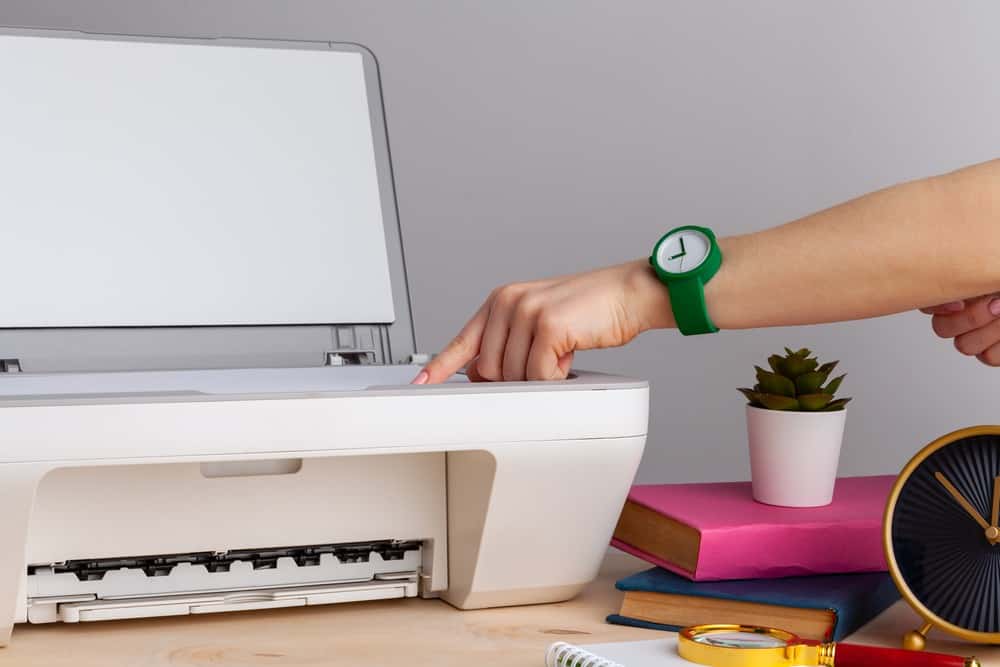
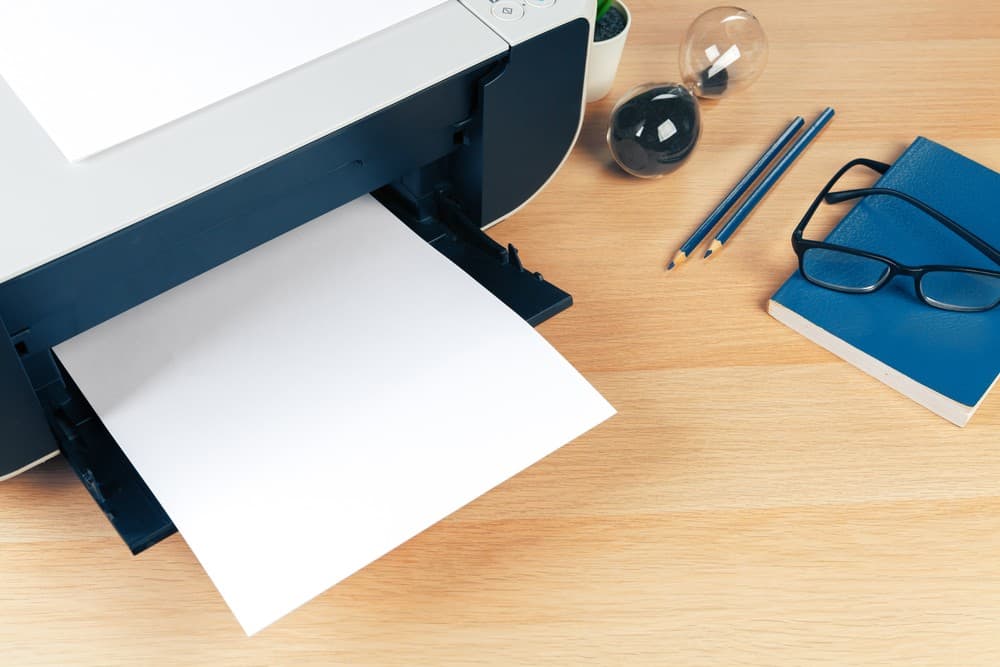
![Best All-in-One Printer in [year] ([month] Reviews) 27 Best All-in-One Printer in 2026 (January Reviews)](https://www.gadgetreview.dev/wp-content/uploads/best-all-in-one-printers.webp)
![Best Home Scanner in [year] ([month] Reviews) 28 Best Home Scanner in 2026 (January Reviews)](https://www.gadgetreview.dev/wp-content/uploads/Canon-TS5120-Wireless-Printer-Scanner-Review.jpg)
![Best BenQ Monitors in [year] 29 Best BenQ Monitors in 2026](https://www.gadgetreview.dev/wp-content/uploads/best-benq-monitor-image.jpg)
![Best Sublimation Printers in [year] 30 Best Sublimation Printers in 2026](https://www.gadgetreview.dev/wp-content/uploads/disable-printer-color-management-image-1.jpg)
![Best Envelope Printers in [year] 31 Best Envelope Printers in 2026](https://www.gadgetreview.dev/wp-content/uploads/best-envelope-printers-imge.jpg)
![Best 3D Printers in [year] ([month] Reviews) 32 Best 3D Printers in 2026 (January Reviews)](https://www.gadgetreview.dev/wp-content/uploads/Zortrax-M200-3D-Printer.jpg)
![Best Barcode Printers in [year] 33 Best Barcode Printers in 2026](https://www.gadgetreview.dev/wp-content/uploads/best-barcode-printers-image.jpg)
![Best Portable Photo Printers in [year] 34 Best Portable Photo Printers in 2026](https://www.gadgetreview.dev/wp-content/uploads/best-portable-photo-printer-image.jpg)
![Best HP Printers in [year] 35 Best HP Printers in 2026](https://www.gadgetreview.dev/wp-content/uploads/best-hp-printers-image.jpg)
![Best Printers for Photographers in [year] 36 Best Printers for Photographers in 2026](https://www.gadgetreview.dev/wp-content/uploads/best-printer-for-photographers-image.jpg)
![Best Printers for Teachers in [year] 37 Best Printers for Teachers in 2026](https://www.gadgetreview.dev/wp-content/uploads/best-printers-for-teachers-image.jpg)
![Best iPhone Photo Printers in [year] 38 Best iPhone Photo Printers in 2026](https://www.gadgetreview.dev/wp-content/uploads/best-iphone-photo-printer-image.jpg)
![Best 11x17 Printers in [year] 39 Best 11×17 Printers in 2026](https://www.gadgetreview.dev/wp-content/uploads/best-11x17-printers-image.jpg)
![Best Printers with Cheap Ink in [year] 40 Best Printers with Cheap Ink in 2026](https://www.gadgetreview.dev/wp-content/uploads/best-11x17-printers-image-1.jpg)
![Best Bluetooth Printers in [year] 41 Best Bluetooth Printers in 2026](https://www.gadgetreview.dev/wp-content/uploads/best-bluetooth-printer-image.jpg)
![Best Receipt Printers in [year] 42 Best Receipt Printers in 2026](https://www.gadgetreview.dev/wp-content/uploads/best-receipt-printer-image.jpg)
![Best Canon Printers in [year] 43 Best Canon Printers in 2026](https://www.gadgetreview.dev/wp-content/uploads/best-canon-printers-image.jpg)
![Best Compact Printers in [year] 44 Best Compact Printers in 2026](https://www.gadgetreview.dev/wp-content/uploads/best-compact-printer-image.jpg)
![Best Printers For Cricut in [year] 45 Best Printers For Cricut in 2026](https://www.gadgetreview.dev/wp-content/uploads/best-printer-for-cricut-image.jpg)
